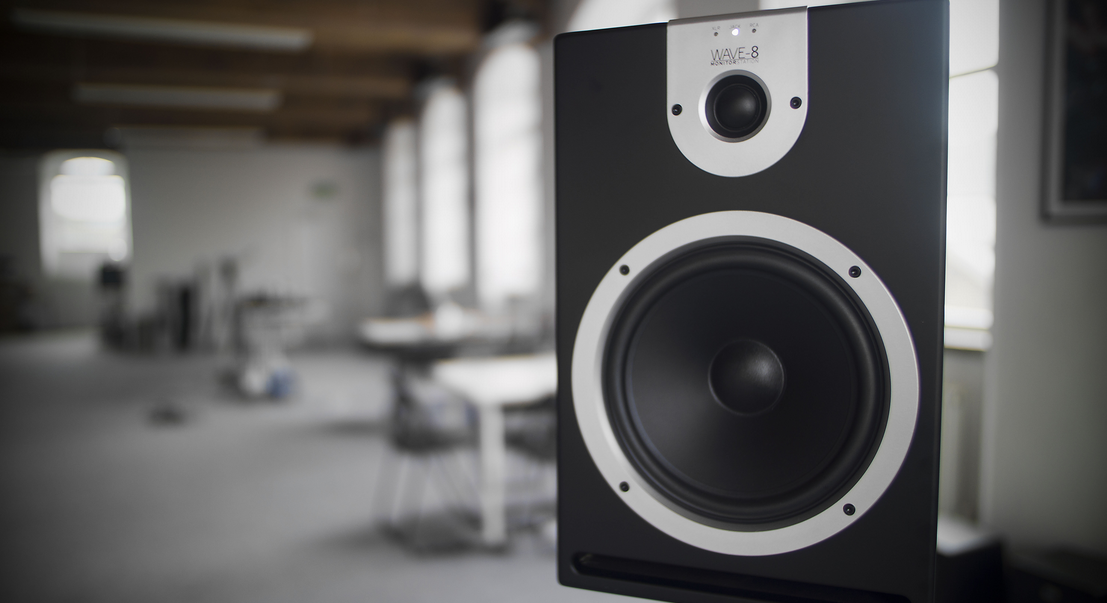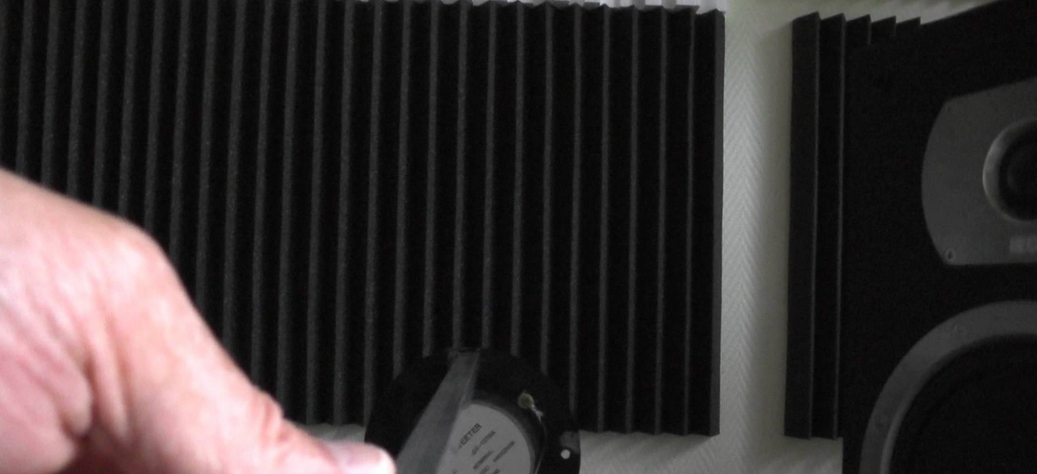In my article on hifi speaker vs studio monitors, I briefly touched on the subject of active vs passive monitors. In layman terms, active studio monitor refers to monitors that come with its own set of amps while passive mean there is no in built amps attached. This article will examine when the differences between these two type of monitors and when should you go for one or the other.
Types of active monitors
Before going into active vs passive, it is best to clarify about the types of active monitors. In the market, there are currently 2 versions of active. One is the true active whereby there is a separate amp for each driver in a studio monitor. The other version is the powered studio monitor whereby there is only a amp serving both drivers via a passive crossover. From the above, you will know true active studio monitor generally delivers better output if the amp has been optimized correctly for the driver. Now, whether this is always true will bring us to the next point.
(Editor’s note: A passive crossover is a mininature device that splits a single input into various outputs. In the case of passive studio monitor, the amp’s input is split into 2 outputs for the 2 studio speakers.)
High end vs budget studio monitors
In theory, active studio monitor should produce better sounds because each amp has been optimized perfectly for each driver. In reality, that is only true for the mid to high end range of studio monitors. First of all, they are truly active, rather than powered. Second, each amp has been optimized power for each amp to each driver, direct connections between amp and driver etc. All these will incur heavier cost in manufacturing thus explaining their higher prices.
For budget studio monitors, manufacturers tend to cut corners to keep the pricing below certain threshold. That is where the optimization we talk about above will not happen 100%. Hence, in such cases, an active studio monitor might not be the best choice since there is a chance you can set up your own amp with a passive studio monitor with almost similar results.
Upgrading options
When you are considering a budget studio monitor, then you need to consider the possibility of upgrading. Folks tend to forget this part but is critical because music fans tend to upgrade over time in their quest for better quality music. In this case, an active studio monitor will be harder to upgrade since the amp is in built. A better option for upgrading will be a passive monitor. With that, you can always upgrade and improve the amp over time as you gain knowledge how to better optimize the set up.
Which choice should you make?
At the end of the day, budget plays an important part on what to do. If you have a big wallet, getting a high end active studio monitor will be the way to go since everything is being optimized to produce the best sounds. For the budget conscious, I would start with a passive studio monitor and an okish amp before working my way up the upgrade path.



